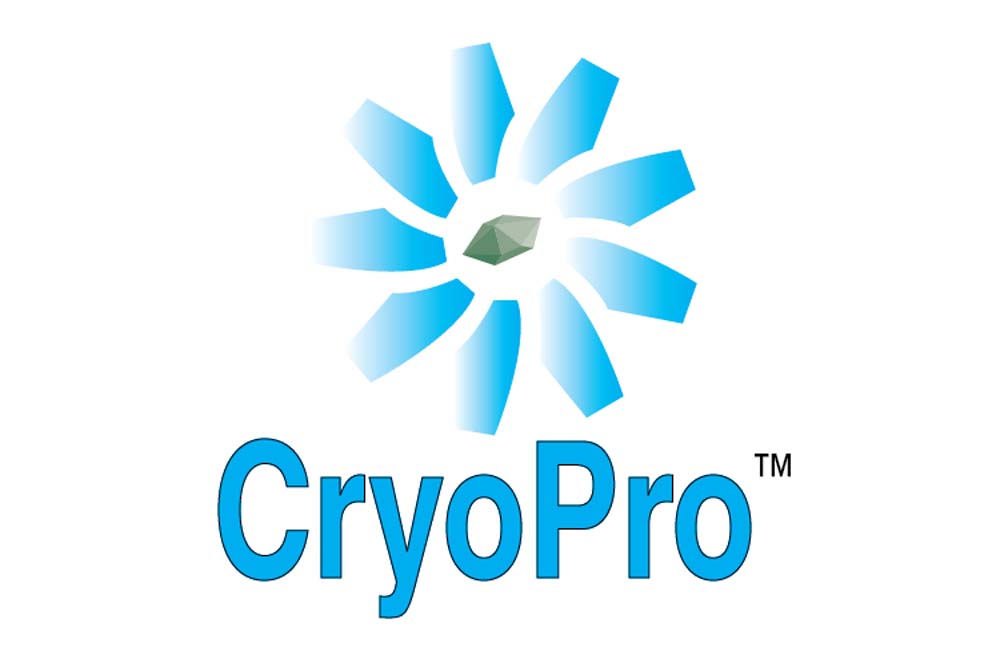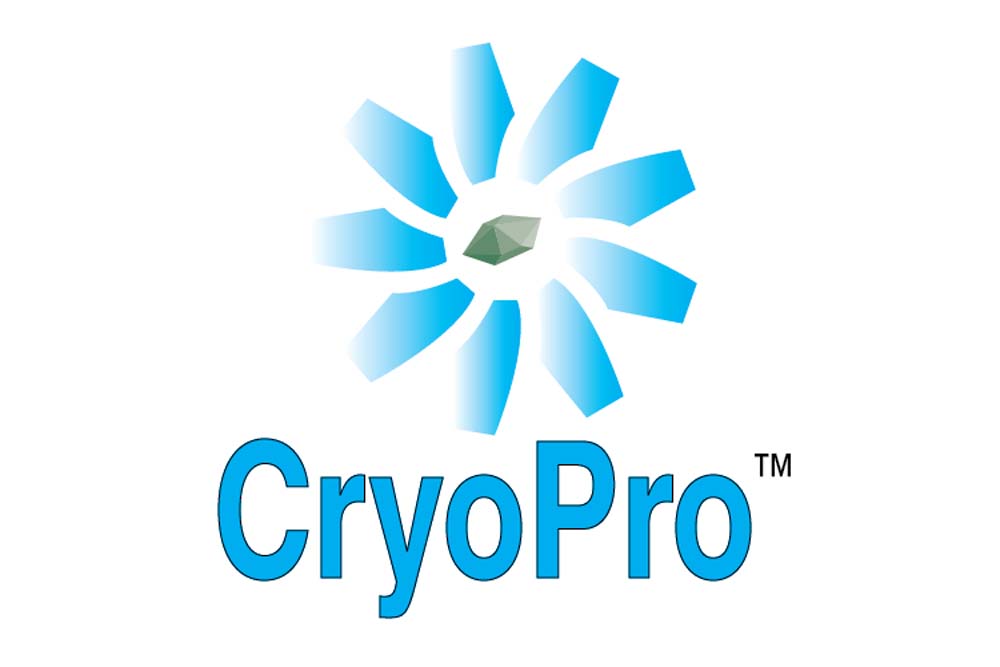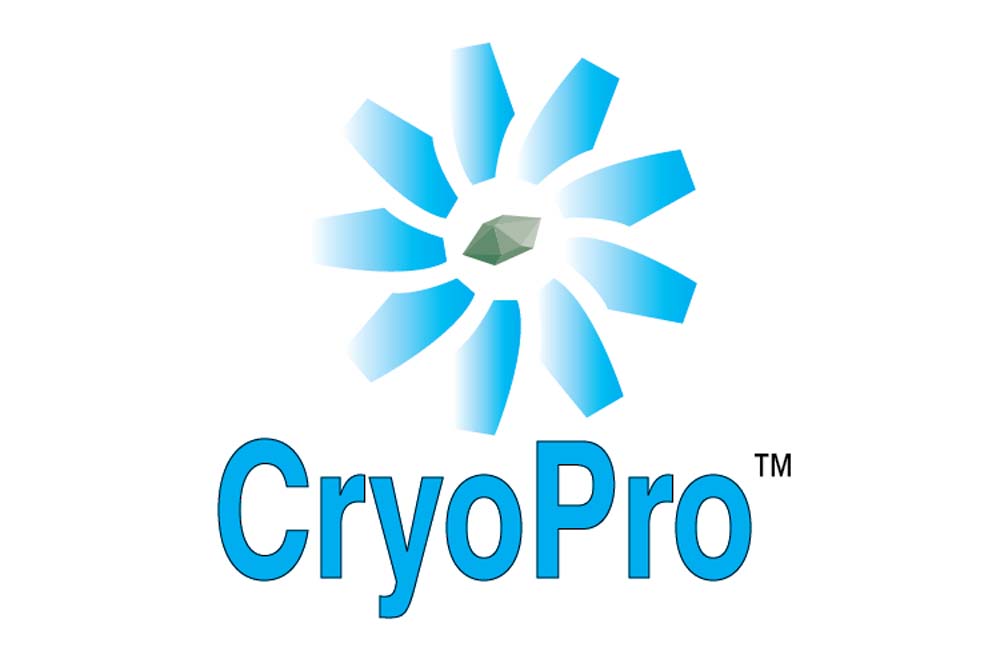Hampton Research蛋白结晶试剂盒






Products > Optimization Screens > CryoPro > CryoPro
CryoPro
Applications
- Water soluble cryoprotectant reagent set designed for the cryopreservation of biological macromolecular crystals
Features
- 48 unique cryoprotectants
- Contains the following Cryoprotectants
- Organic, non-volatile
- Non-detergent
- Osmolyte
- Polyol
- Polymer/Polyol
- Polymer
- Solvent
- Sugar
- Salt
- Mixture
Description
As in selecting reagents for crystallization, the selection of a suitable cryoprotectant involves some trial and error as well as a screening.
A suitable cryoprotectant, when mixed with the crystal and crystallization reagent, will cool to cryogenic temperature without ice formation and damage to the crystal. To assay for the proper concentration of cryoprotectant in the reagent used to grow the crystal, one can mix the cryoprotectant with the crystallization reagent and employ the desired cooling method (for example, place the solution in a CryoLoop™ and place the CryoLoop in a cryostream). Observe for ice formation either visually or with x-ray diffraction. Upon cooling, a transparent drop and x-ray diffraction pattern, free of powder diffraction rings or “ice rings” indicates success. The appearance of a cloudy drop or “ice rings” indicates an inappropriate cryoprotectant concentration or cryoprotectant. Incrementally increase the concentration and/or composition of the cryoprotectant serially 5 to 10% and repeat until the cooled drop remains clear while in the cryostream. Once a clear drop is achieved in the cryostream, this is typically a good starting point for cryopreservation of the crystal.
Some crystals can simply be dipped or washed quickly in a simple cryoprotectant for successful cryopreservation. However, when all else fails, a rational assay of each cryoprotectant with incremental increases in cryoprotectant concentration as well as a test of mixtures can be help to identify the best cryoprotectant for a crystal.
Each CryoPro kit contains 1 milliliter each of 48 unique cryoprotectants. Supplied as one set of two boxes, each containing 24 reagents.
Ready to use cryoprotectants are formulated using high purity reagents with CryoPro reagents and are formulated using Type 1+ ultrapure water, 18.2 MO•cm resistivity at 25°C, < 5 ppb Total Organic Carbon, < 1 Bacteria (CFU/ml), < 0.03 Endotoxin (EU/ml) and are sterile filtered.

Click to Zoom In
CAT NO
HR2-073
NAME
DESCRIPTION
1 ml, tube format
PRICE
$284.00
cart quote
Support Material(s)
 HR2-073 CryoPro Documents
HR2-073 CryoPro Documents HR2-073 CryoPro SDS
HR2-073 CryoPro SDS Related Item(S)
- TMAO
- Santovac Cryo Oil
References
1. Boutron, P. (1987). Non-equilibrium formation of ice in aqueous solutions: efficiency of polyalcohol solutions for vitrification. In: Pegg, D.E. & Karow, A.M. Jr. (eds). The biophysics of organ prese
2. Garman, E.F., & Mitchell, E.P. (1996). Glycerol concentrations required for cryoprotection of 50 typical protein crystallization conditions. J. Appl. Cryst. 29, 584-587.
3. Garman, E.F., & Schneider, T.R. (1997). Macromolecular Cryocrystallography. J. Appl. Cryst. 30, 211-237.
4. Hope, H. (1988). Cryocrystallography of biological macromolecules: a generally applicable method. Acta Cryst. B 44, 22-26.
5. Kottke, T., & Stalke, D. (1993). Crystal handling at low temperatures. J. Appl. Cryst. 26, 615-619.
6. Kwong, P.D. Liu, Y. (1999). Use of cryoprotectants in combination with immiscible oils for flash cooling macromolecular crystals. J. Appl. Cryst. 32, 102-105.
7. Mehl, P. (1989). Experimental dissection of devitrification in aqueous solutions in 1,3-butanediol. Cryobiology. 26, 567-568.
8. Parkin, S., & Hope, H. (1998). Macromolecular cryocrystallography: Cooling, mounting, storage and transportation of crystals. J. Appl. Cryst. 31, 945-953.
9. Petcock, J.M., Wang, Y.-F., DuBois, G.C., Harrison, R.W., & Weber, I.T. (2001). Effects of different post-crystallization soaking conditions on the diffraction of Mtcp1 crystals. Acta Cryst. D57, 763-
10. Petsko, G.A. (1975). J. Mol. Biol. 96, 381-392.
11. Rodgers, D.W. (1994). Cryocrystallography. Structure. 2, 1135-1140.
12. Schneider, T.R. (1997). Cryocrystallography of biological macromolecules. Acta Physica Polonica A. 91, 739-744.
13. Teng, T.-Y. (1990). J. Appl. Cryst. 23, 387-391.
14. Walker, L.J., Moreno, P.O., Hope, H. (1998). Cryocrystallography: effect of cooling medium on sample cooling rate. J. Appl. Cryst. 31, 954-965.
15. Watenpaugh, K.D. (1991). Curr. Op. Struct. Biol. 1, 1012.
16. Proline: Mother Nature’s cryoprotectant applied to protein crystallography. Pemberton TA, Still BR, Christensen EM, Singh H, Srivastava D, Tanner JJ. Acta Crystallogr D Biol Crystallogr. 2012 Aug;68(Pt 8):1010-8. doi: 10.1107/S0907444912019580. Epub 2012 Jul 17.
17. Flash freezing of protein crystals: investigation of mosaic spread and diffraction limit with variation of cryoprotectant concentration E. P. Mitchell and E. F. Garman. J. Appl. Cryst. (1994). 27, 1070-1074 [ doi:10.1107/S0021889894008629 ]


Hampton Research, first in crystallization since 1991, developing and delivering crystallization and optimization screens, reagents, plates, and other tools for the crystallization of biological macromolecules, including proteins (antibody), peptides (insulin), and nucleic acids (DNA).
- Products
- Gallery
- My Account
|
|
|
- Contact Us
- Quick Order
- Support
|
- Privacy Policy
- Terms and Conditions
|
- Products
- Gallery
- My Account
- Support
- Contact Us
- Quick Order
- Privacy Policy
- Terms and Conditions
|
|
|
|
|
|
|
© 2021 HAMPTON RESEARCH CORP.
| Website by Skyhound Internet




